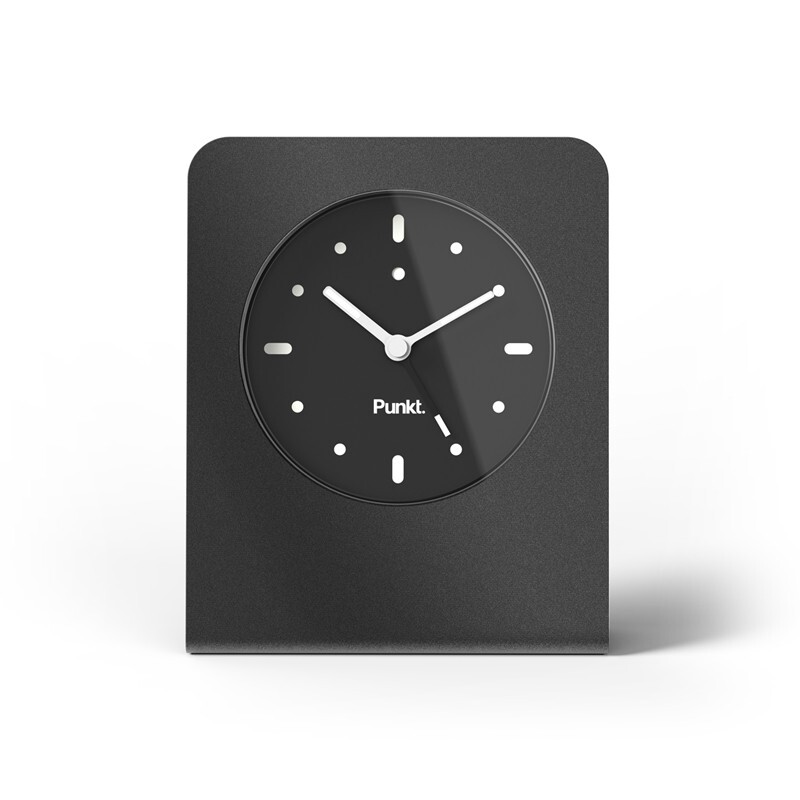The Punkt. AC01 Alarm Clock, 2011-2022
A clock for our times
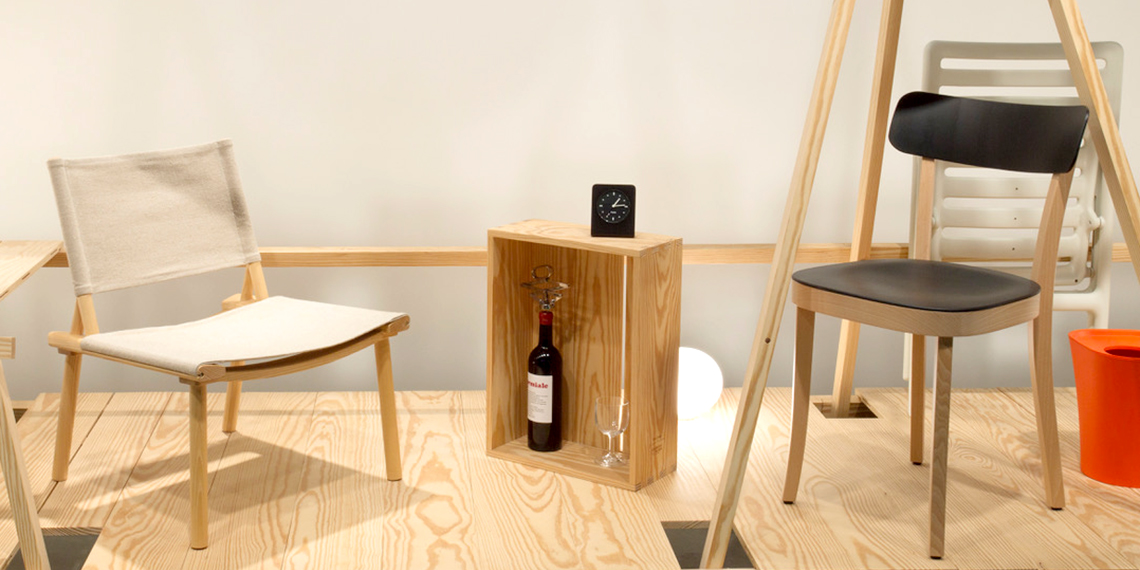
The vision behind the AC01 Alarm Clock
In 2008 Petter Neby wanted to buy a stylish analogue alarm clock that was made to a high standard with good-quality materials, but he discovered that there was absolutely nothing available. A few nice designs, but everywhere the bean-counters had left their mark: manufacturing quality was disappointing, with plastic at every turn.
Petter had been working for many years in the consumer electronics sector, so he decided to found a company and fill the gap. To begin creating the clock he was looking for, Petter approached Jasper Morrison, one of the world’s most highly respected industrial designers. He wanted a product with simple, modernist elegance and beauty, that would sit well alongside classic, eternal design work from the likes of the Bauhaus, and Braun in their heyday (when they were leading the design world). A timepiece that would earn its own small but permanent place in the history of industrial design.
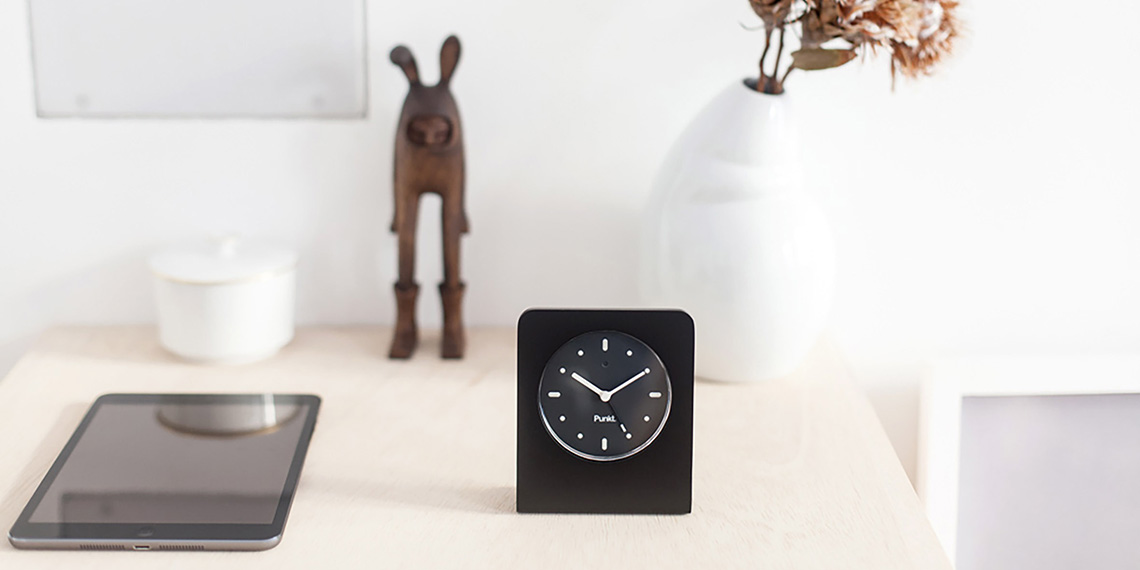
Design and Functionality: form meets simplicity
Perhaps inevitably, given that Punkt. was then such a new company, taking the AC01 through the production process took longer than anticipated. The original intention was for manufacturing to take place in Japan, but this eventually proved to be impractical at that time. Other options were explored, with production finally taking place in Shenzhen, China. Meanwhile, the DP01 landline telephone – which had been scheduled to be Punkt.’s second product – was announced in 2010 and the company became known to the wider world. It was well‑received, earning a place in the Centre Pompidou’s permanent design collection, but eyebrows were raised: why would a company release a premium landline phone, now that smartphones were everywhere?
Seven months later, in April 2011, the AC01 was presented to the world at the Salone del Mobile design fair in Milan – just over the border from Punkt.’s base in Switzerland. A block of solid aluminium, the clock face protected by a disc of scratch-resistant glass, timeless elegance of design, intelligent practical details: the twenty-first century finally had a stylish, modern, well-made, analogue alarm clock. Reviews in the design press were extremely positive, although those eyebrows were raised again: who is going to want a dedicated alarm clock, given that all smartphones have one built in?
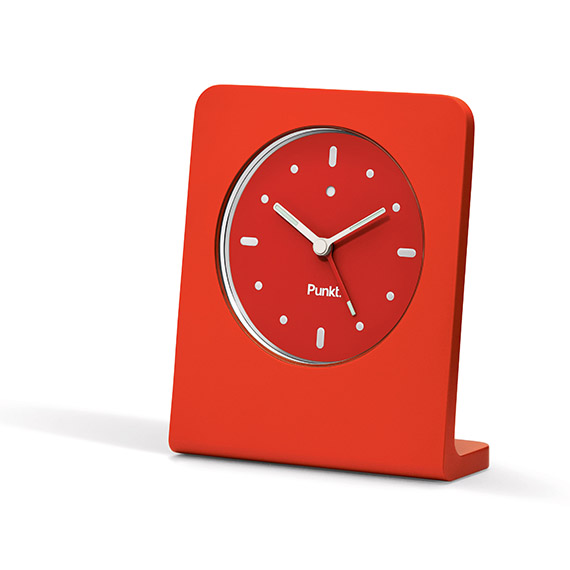
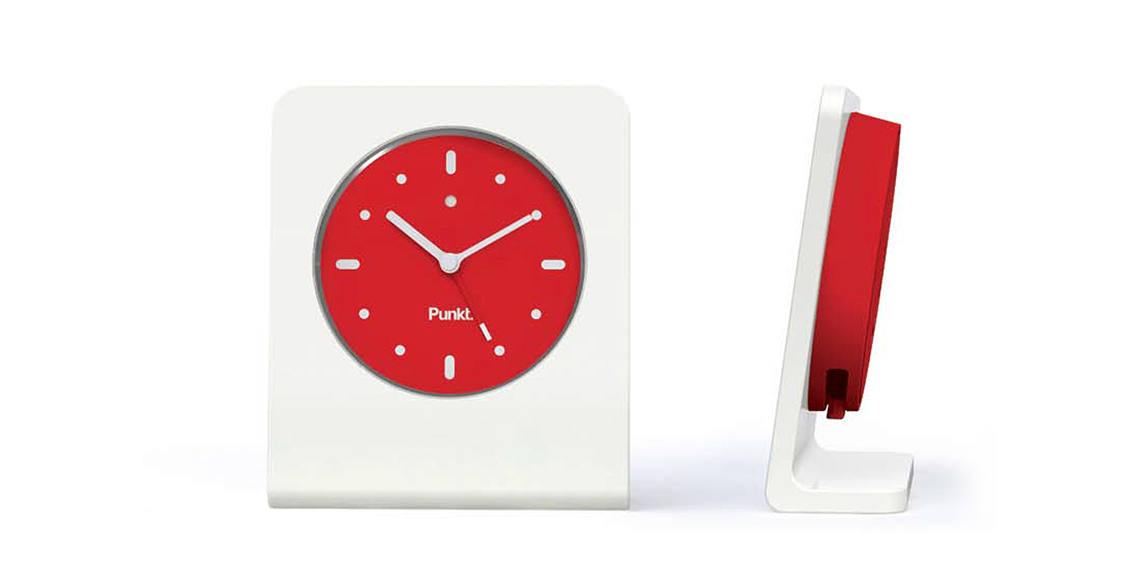
Craftsmanship: a legacy of quality
And then, rather suddenly, the world realised that using a smartphone as an alarm clock is not such a good idea after all. By this time, Punkt.’s profile had been raised exponentially as a result of its MP01 voicephone, and for its overall approach to technology in the twenty-first century: products for focussed, elegant living. Interest in the AC01 surged.
The AC01 was available for eleven years. It was never modified during that time (other than for a limited‑edition version released as a fundraiser to help rebuild a coastal village in Japan ravaged by the 2011 tsunami). It continued to feature in the media (“An everyday essential” – Monocle), and appeared in numerous museums and galleries, including the Triennale Museum in Milan, the Centre Pompidou in Paris, a London Design Festival exhibition in London’s Trafalgar Square, the CID in Grand-Hornu, the Museum für Gestaltung in Zurich, and the Tate Modern in London.
In 2022 the AC01 was withdrawn. Its successor, the AC02 alarm clock, brought minor refinements and production was shifted to Japan, but the design aesthetics that made the AC01 an instant classic remained almost entirely unchanged.

